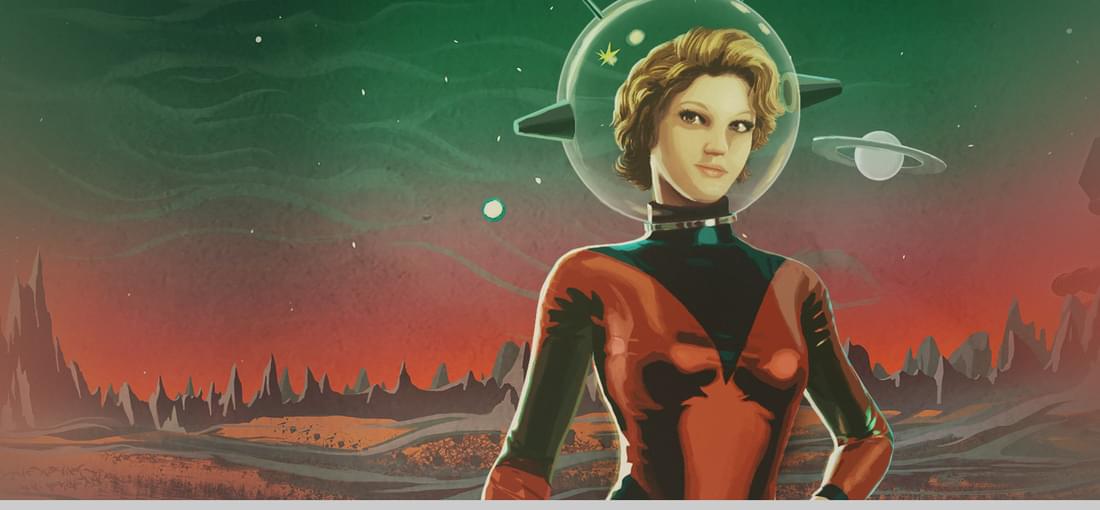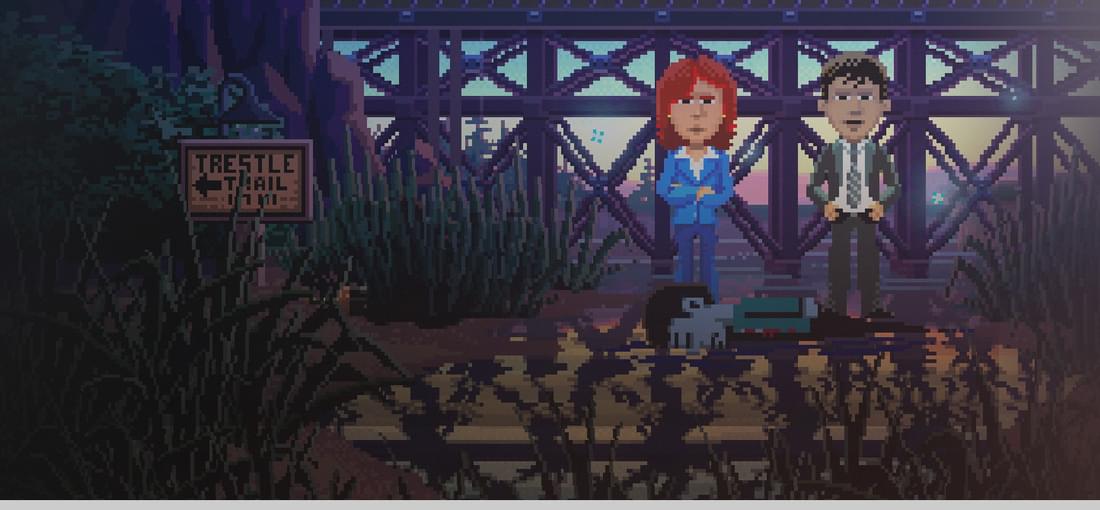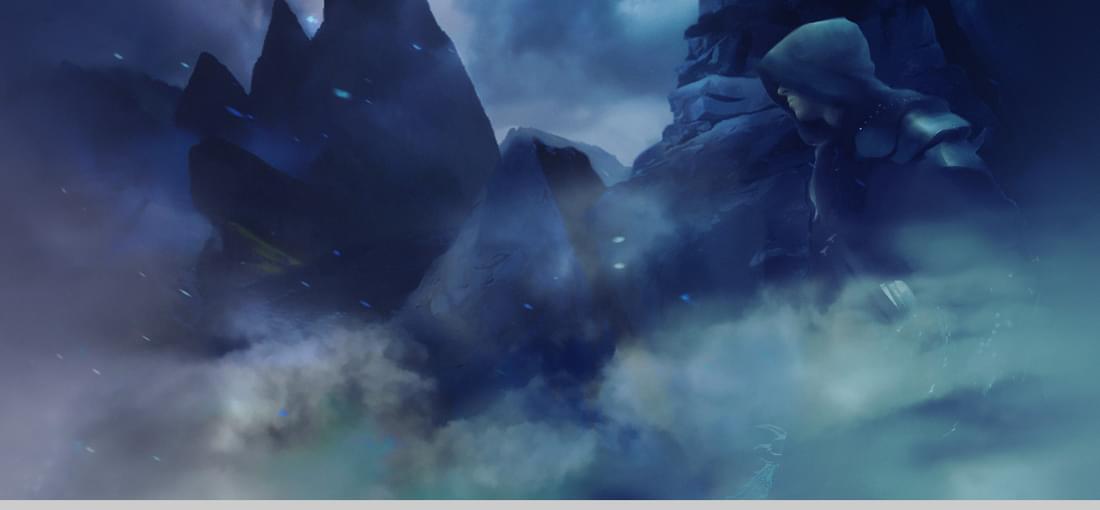


I didn't expect much from this title, but it really surprised me. Fun, light gameplay; a terrific spoof of 50s and 60s sci-fi; and a tower that keeps going up and up in a contiguous world makes for something really unique and great. I can't emphasize enough that the way they do the spoof here is so good, it's way ahead of any other spoof you may have played. BTW, the 60's sci-fi concept initially turned me off to the game. Don't let it do the same to you. This isn't the way some games adopt a cheesy sci-fi 'tone', ending up uneven and disappointing. This is the real deal -- a full-on spoof in a way not seen before in gaming as far as I know. It's great. The closest thing I can think of is Freedom Force, but even FF didn't take it to the same extent and was only 'inspired' by golden age comics.

Ron Gilbert is the quintessential example of a good adventure game designer. He laid out the rules for adventure game design, and this game is generally a good example of making use of those rules to avoid Sierra Adventure Syndrome. Unfortunately, Gilbert doesn't know how to write a good plot. Monkey Island was great, but it was more-or-less just a string of gags. This game demands a lot more from the author -- it's more realistic, and the in-jokes fall flat most of the time. It's a serious game that occasionally makes you chuckle. There are some great innovations in narrative here. But then, the plot falls apart. Gilbert doesn't have the chops to keep up the quality of the initial atmosphere and characters, and it's a real shame. You'll find some really great puzzles here, and maybe you'll appreciate the direction the plot takes, but I sure didn't. If you can appreciate the puzzles while lowering your expectations of the plot, I think this game can be enjoyed. But this isn't the second coming of adventure games, fanboys be damned.
I played this game in my early teens, and I have great memories from it. Christy Marx, neophyte though she was, was able to design a game that was better than most/all of Sierra's catalog at the time. As a writer, she brought depth to the subject matter, doing thorough research, and it shows. The game doesn't have many puzzles. Instead, it mixes short, decent action sequences with general knowledge quizzes, riddles, and a few traditional puzzles. There are very few dead ends, unlike most of Sierra's games. Here's the main problem: most of the general knowledge the game makes use of is written in the manual, making it an exercise in elaborate copy protection. Of course, teenage me, who obtained the game via less-than-scrupulous means (it's ok, I've apologized to Christy directly), didn't know this, and I actually did research to figure out the solutions to the general-knowledge-based puzzles. The result was one of the best game experiences of my life. This game can really be enjoyed for its depth and atmosphere, and if you avoid the manual as much as you can, you should have a good time. BTW, since the game uses ScummVM, you should be able to activate ScummVM's undither option to turn the heavily dithered artwork (this refers to the dots in some parts of the screen) into the colors they're supposed to represent, making the game have far more than 16 colors. Given Christy's mention of how constraining 16 colors were at the time, it'll give you a new appreciation for the beautiful art.

This is a small step up from LucasArts' previous endeavors, but it's nowhere near as good as the things that arrived later. The interface is still a pain, dialog puzzle solutions are random, and the fighting is really difficult. This game is ok, but nothing compared to Indiana Jones and the Fate of Atlantis. which you should play instead.

My first experience with Soldak games was with Depths of Peril, followed by Din's Curse. I implore you to try those fantastic games out even if you don't end up buying Drox. As in all Soldak games, Drox builds on the foundation of the previous games, while mixing up the formula. The dynamic quest system is clearly the best and most unique part of Soldak games, and here it's used for a more mundane purpose: races have quests that need to be done for them, or they'll suffer consequences. The main problem is that you don't care about any specific race -- you're just a mercenary for hire. This works well in some games, but here, there isn't enough to interest you if you don't have a vested interest in one of the factions. I will say that the faction system is done very well here. Each race is trying to win, and you can play races against each other. If a race declares war on you, your allies will be dragged into war, and that can easily cause a huge galactic war. You can also be dragged into war by one of your allies. This makes the relationship system very cool, though a dominant strategy in the game is often to suck up to the strongest race. The game has multiple victory conditions like Civilization, but I feel like this hurts the gameplay in this case since it's not a 4X. It makes you just find the shortest path to victory, rather than giving you a challenge. Another difference from previous games is that your items determine your skills. This is really good in that you gain new skills over time, rather than keep the same skills forever. Inventory management is complex, as your ship has limitations set by skills, space, and power. The downside of this approach is that there are just too many items (given that this is an ARPG) and it's too much work to keep calculating if an item is better than your current items. All in all, this is a fresh take on a genre that is at least interesting, even if it's not my favorite. Regardless, I think many people will enjoy it.

One of my favorite RPGs ever. You choose to play either a warrior, priest or wizard in a world of Barbarians. You then solve quests for your town, all of which are randomized. The really cool part is that if you don't solve those quests, there will be consequences: A boss who isn't 'taken out' sends minions to raid your town. A spy may freeze or kidnap one of your quest-givers. There are so many possibilities, and the beautiful thing is, this is only one layer of the game. Another layer is the strategic aspect of your covenants, which vie for control of the town. Every moment that you're out adventuring, the other covenants are busy adventuring as well. They find artifacts, trade them, fight, and conspire to destroy you. So not only are you fighting the bad guys -- the good guys are your enemies (or tentative allies) as well. To win, you'll need to destroy/ally with the other covenants, or at least keep them off your back. At the same time, this game has a surprising amount of narrative. Short scrolls describing the world can be found via exploration. The game pauses as you read these stories, giving you the time to immerse yourself in the lore. Additionally, a main quest-line exists (though it's not very hard to complete).